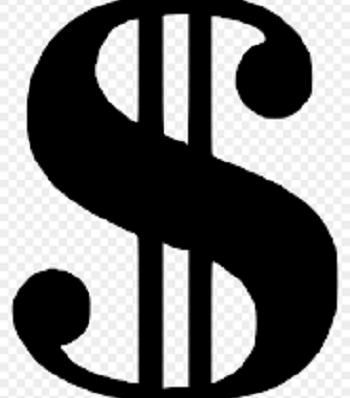
Dollar drifts as soft inflation raises taper timing questions
Administrator_India | September 15, 2021 | 0 | U.S.By Administrator_India
The dollar drifted within recent ranges against major peers on Wednesday after softer-than-expected U.S. inflation raised doubts about a taper of Federal Reserve stimulus this year.
The dollar index stood at 92.632, little changed from Tuesday, when it dropped following the inflation data only to recover on haven demand as stocks slid on Wall Street.
The index has meandered between 92.3 and 92.9 over the past week as several Fed officials have suggested the U.S. central bank could reduce its buying of debt securities by the end of the year, even after a much-weaker-than-expected payrolls report at the start of the month.
While elevated inflation has kept pressure on policymakers, data overnight showed the U.S. consumer price index, excluding the volatile food and energy components, edged up just 0.1% last month.
The Fed holds a two-day monetary policy meeting next week, with investors keen to find out whether a tapering announcement will be made.
Tapering tends to benefit the dollar as it suggests the Fed is one step closer toward tighter monetary policy. It also means the central bank will be buying fewer debt assets, effectively reducing the number of dollars in circulation.
“The softer print eases concerns over an imminent acceleration in prices and should nullify any lingering pressure on the Fed to taper in September,” Rodrigo Catril, a senior currency strategist at National Australia Bank , wrote in a client note.
“But a taper this year still looks like a good bet with November or December now looking more likely.”
Even so, NAB predicts that the focus of global growth is shifting away from the United States, pushing the currency down to $1.23 versus the euro by year-end.
One euro bought $1.1808 on Wednesday, mostly flat from the previous session.
European Central Bank Chief Economist Philip Lane speaks at the IMFS webinar later in the global day.
The dollar slipped slightly to 109.595 yen, keeping close to the centre of the trading range of the past two months.
The U.S. currency edged higher against its antipodean rivals though, adding 0.1% to $0.7316 per Aussie and rising about the same margin to $0.7088 to New Zealand’s kiwi.
Commonwealth Bank of Australia is more bullish on the dollar’s prospects, predicting that accelerating employment costs in the United States will keep consumer prices elevated.
“Above‑target inflation will prove more persistent than the FOMC expects,” Carol Kong, a strategist at CBA, wrote in a report.
“The implication is the FOMC will likely need to raise the Funds rate by more than what markets are currently expecting, which could support the USD down the track.”


